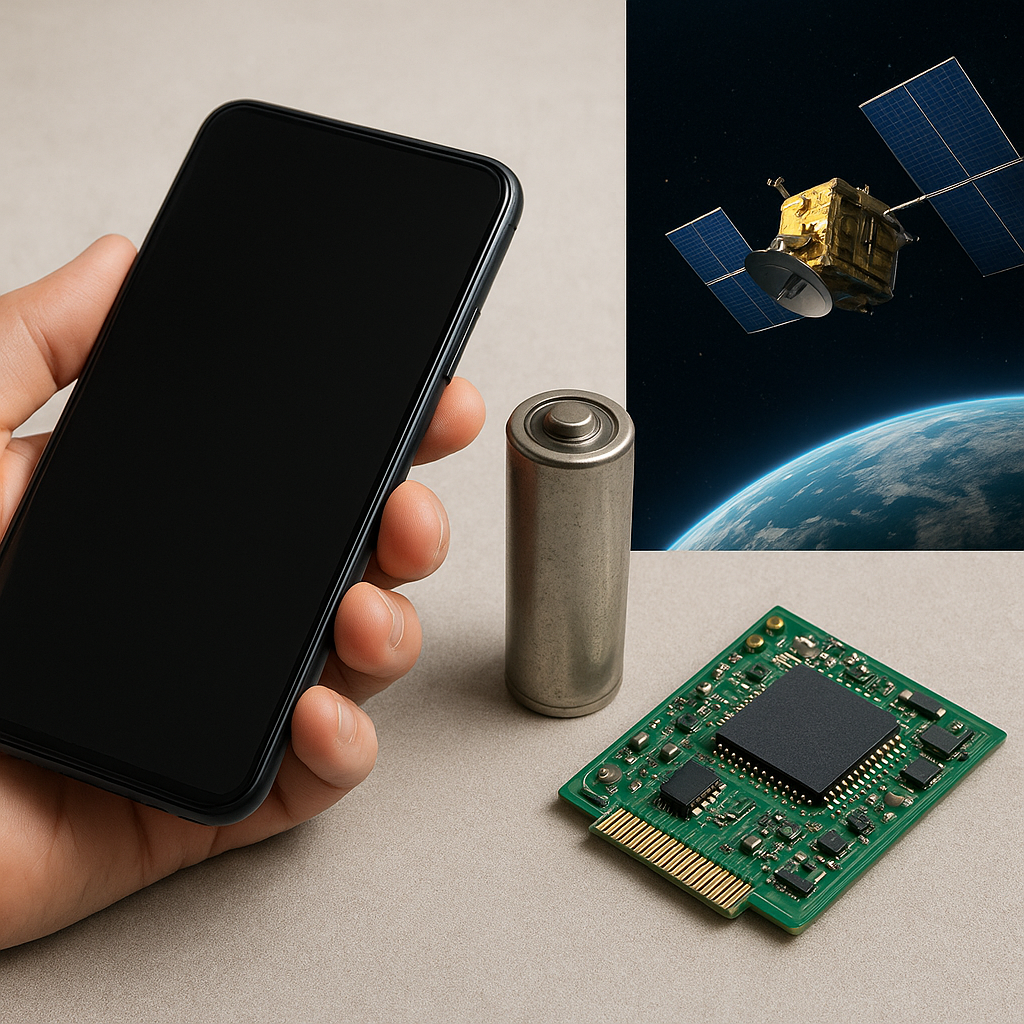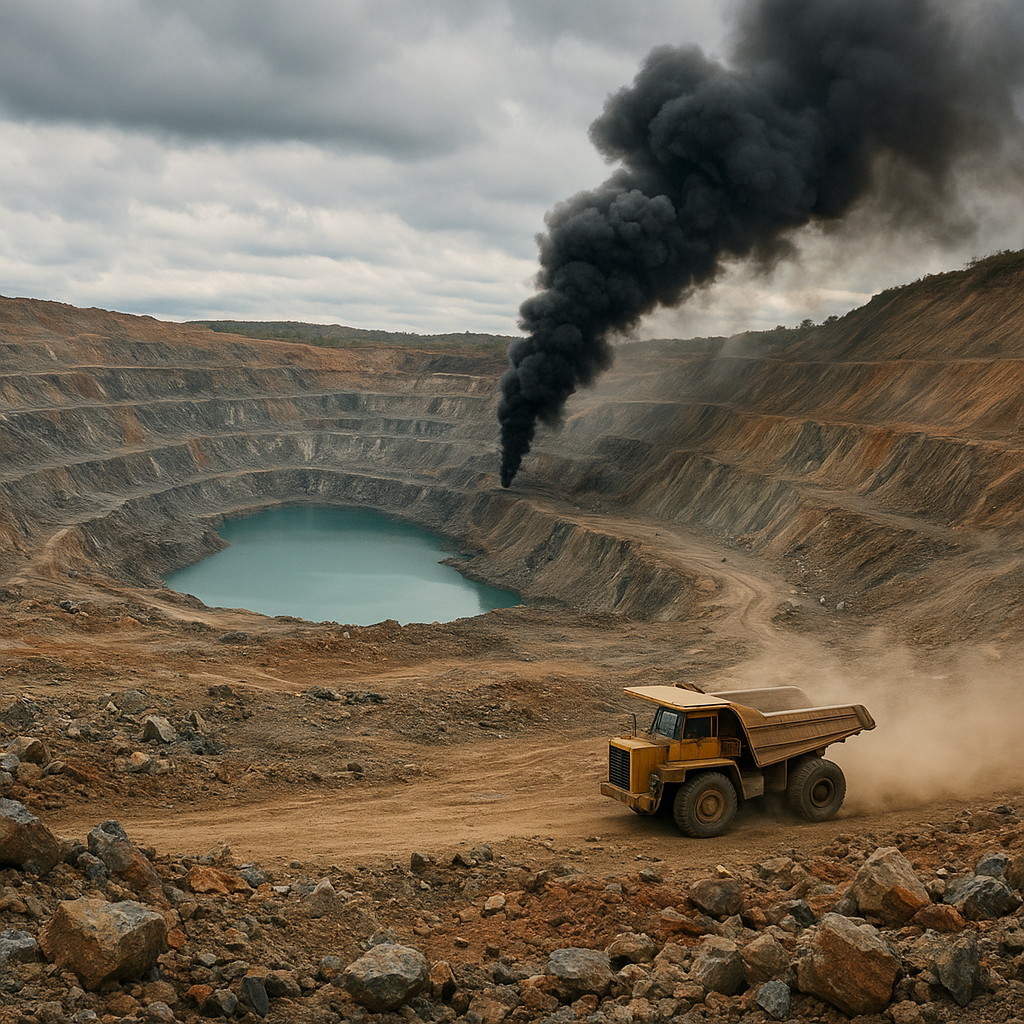In the quest for technological advancement and sustainable development, the discovery and utilization of rare metals have become increasingly crucial. These metals, often found in limited quantities and challenging to extract, play a vital role in various high-tech applications, from electronics to renewable energy solutions. As the demand for these resources grows, the question arises: can artificial intelligence (AI) aid in the discovery of more rare metals? This article explores the potential of AI in revolutionizing the search for these valuable resources, examining its current applications, challenges, and future prospects.
The Role of Artificial Intelligence in Mineral Exploration
Artificial intelligence has emerged as a transformative force across numerous industries, and mineral exploration is no exception. Traditionally, the search for rare metals has relied heavily on geological surveys, fieldwork, and the expertise of geologists. However, these methods can be time-consuming, costly, and often yield uncertain results. AI offers a promising alternative by leveraging vast amounts of data and advanced algorithms to identify potential mineral deposits more efficiently and accurately.
One of the primary ways AI is being utilized in mineral exploration is through machine learning algorithms. These algorithms can analyze geological data, satellite imagery, and other relevant datasets to identify patterns and anomalies that may indicate the presence of rare metals. By processing and interpreting complex data sets, AI can help geologists pinpoint areas with a higher likelihood of containing valuable mineral deposits, thus reducing the need for extensive fieldwork and minimizing exploration costs.
Moreover, AI can enhance the precision of mineral exploration by integrating data from various sources, such as geophysical surveys, geochemical analyses, and remote sensing technologies. This integration allows for a more comprehensive understanding of the geological landscape, enabling more informed decision-making in the search for rare metals. As a result, AI-driven exploration can lead to the discovery of previously overlooked deposits, contributing to a more sustainable and efficient use of natural resources.
Challenges and Limitations of AI in Discovering Rare Metals
Despite its potential, the application of artificial intelligence in mineral exploration is not without challenges. One of the primary obstacles is the quality and availability of data. AI algorithms rely on large datasets to function effectively, and in many regions, comprehensive geological data may be scarce or outdated. This lack of data can hinder the accuracy and reliability of AI predictions, making it difficult to identify promising exploration targets.
Another challenge is the complexity of geological systems. The Earth’s crust is a dynamic and intricate environment, with numerous variables influencing the formation and distribution of mineral deposits. While AI can process and analyze vast amounts of data, it may struggle to account for the full range of geological factors that impact the presence of rare metals. This limitation underscores the importance of combining AI with traditional geological expertise to ensure a holistic approach to mineral exploration.
Furthermore, the implementation of AI in mineral exploration requires significant investment in technology and expertise. Developing and maintaining AI systems can be costly, and there is a need for skilled professionals who can design, operate, and interpret AI-driven exploration tools. This requirement may pose a barrier for smaller companies or those operating in regions with limited access to technological resources.
Future Prospects and Innovations in AI-Driven Mineral Exploration
Despite these challenges, the future of AI in mineral exploration looks promising, with ongoing advancements and innovations poised to enhance its effectiveness. One area of development is the use of deep learning techniques, which can improve the ability of AI systems to recognize complex patterns and make more accurate predictions. As deep learning algorithms continue to evolve, they may offer new insights into the geological processes that govern the distribution of rare metals.
Another promising avenue is the integration of AI with other emerging technologies, such as drones and autonomous vehicles. These technologies can facilitate the collection of high-resolution data from remote or inaccessible areas, providing AI systems with more comprehensive datasets to analyze. By combining AI with advanced data collection methods, mineral exploration efforts can become more efficient and less invasive, reducing the environmental impact of exploration activities.
Moreover, the growing field of AI-driven predictive modeling holds potential for revolutionizing mineral exploration. By simulating geological processes and predicting the formation of mineral deposits, these models can guide exploration efforts and optimize resource allocation. As predictive modeling techniques become more sophisticated, they may offer a powerful tool for discovering new sources of rare metals.
In conclusion, while artificial intelligence presents significant opportunities for enhancing the discovery of rare metals, it is not a panacea. The successful integration of AI into mineral exploration requires overcoming challenges related to data quality, geological complexity, and resource investment. However, with continued innovation and collaboration between AI experts and geologists, AI has the potential to play a pivotal role in meeting the growing demand for rare metals, supporting technological advancement and sustainable development in the process.












